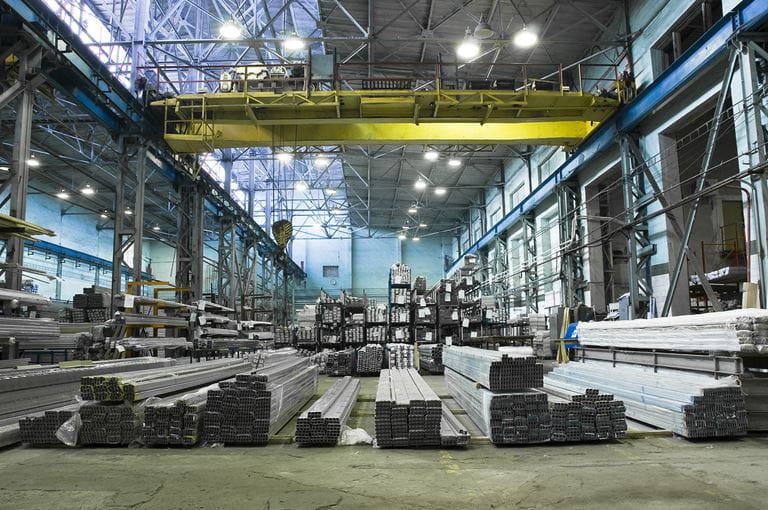Tailings Facility Assessment Should be Included in an NI43-101 Report
A recent post examined the role of the NI43-101 report in providing information about a mine to prospective investors. As recent failures of tailings facilities have proved, failure of the tailings facility may significantly affect the share value of a mine or its mining company. The share value of BHP may have been reduced by as much as five billion dollars as a result of the Samarco failure.
Thus it is reasonable to ask: should an NI43-101 report contain information about a mine’s tailings facility?
There is an argument to be made that a comprehensive NI43-101 report should include at least a tailings facility design feasibility study as well as the results of a proper risk assessment.
In support of this proposition, we note that the expert opinion report on the Mt Polley tailings facility failure recommended that all proposed new tailings facilities should include a bankable feasibility study.
Thus the advice: if you are considering investment in a new mine or investment in a mine upgrade, examine the NI43-101 report and do not invest if it fails to include a tailings facility feasibility study and risk assessment.
{{ commodity.name }}
{{ post.title }}
{{ post.date }}



Comments
Backseat Driver
Certainly a feasibility study should include costs of tailings facilities and would not be complete without it. NI 43-101 reports are meant to vet the technical aspects of the deposit evaluation including drill density, sampling and analysis and resource estimation. Although comments on financial viability and metallurgy are also included these are not expected to include feasibility level detail. Adding such high level detail would be prohibitively expensive, especially where the NI43-101 report is to be used to generate enough interest in a deposit to attract investment that could then be used to fund pre feasibility and full feasibility studies. Why go into high level design detail on a project that may not survive the pte- feasibility level of analysis?